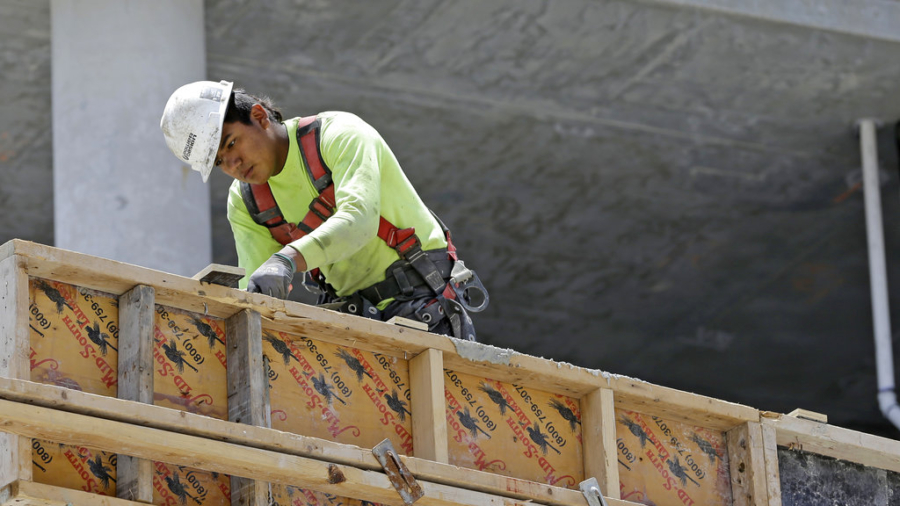WASHINGTON (AP) — The U.S. economy began 2017 with a whimper — though not quite as weak a whimper as the government had first estimated.
The gross domestic product — the broadest gauge of the economy — expanded in the January-March quarter at a 1.2 percent annual rate, the government said Friday. That was better than its initial estimate of a 0.7 percent rate but below President Donald Trump’s growth targets.
The government’s upgraded estimate of first-quarter growth reflected new-found strength in consumer spending, business investment and state and local government spending.
Many analysts have estimated that growth in the current April-June quarter is rebounding to an annual rate above 3 percent. They envision stronger consumer spending fueled by solid hiring, with unemployment at a decade low of 4.4 percent, and increased consumer spending. They note that growth in the first quarter was held down by some unusual temporary factors, including unseasonably warm weather, which limited spending on utilities.
Friday’s upgraded estimate of first-quarter growth “doesn’t alter the fact that it was another disappointing start to the year,” said Paul Ashworth, chief U.S. economist at Capital Economics. But Ashworth and other analysts said they still envision more robust expansion in the current quarter.
“Growth is bouncing back in the second quarter,” said Gus Faucher, chief economist at PNC. “Consumer spending continues to expand with job and wage gains, and business investment is picking up, especially for energy-related industries.”
After the expected rebound this spring, though, analysts generally foresee growth falling back to an annual rate of 2 percent to 2.5 percent in the second half of the year — the same modest pace that has prevailed for nearly all the eight years of this economic recovery, the slowest expansion in the post-World War II period.
During the campaign, Trump bemoaned the economy’s weak growth and blamed what he called the Obama administration’s failed policies. He had vowed that his program of tax cuts, deregulation and tougher enforcement of trade agreements would double growth to 4 percent or better.
The 2018 budget plan that the Trump administration proposed this week projects a lesser rate of expansion: It states that a mix of sharp spending and tax cuts can both shrink the deficit and fuel growth of 3 percent a year, a pace it hasn’t reached on a sustained basis in more than two decades.
The economy grew 1.6 percent for all of last year, the poorest showing in five years.
Friday’s upward revision for the first quarter — the government’s second of three estimates — reflected a boost in consumer spending to an annual rate of 0.6 percent. That was still the slowest in seven years but was up from an initial estimate of 0.3 percent. Analysts generally say consumer spending is likely expanding in the current quarter at a much faster rate, lifted by modest income gains and by the tendency of consumers to spend more at a time of rising stock prices and home values.
The government’s upgraded estimate was also driven by lower declines in spending by state and local governments than initially thought and stronger investment by businesses in structures and intellectual property.


